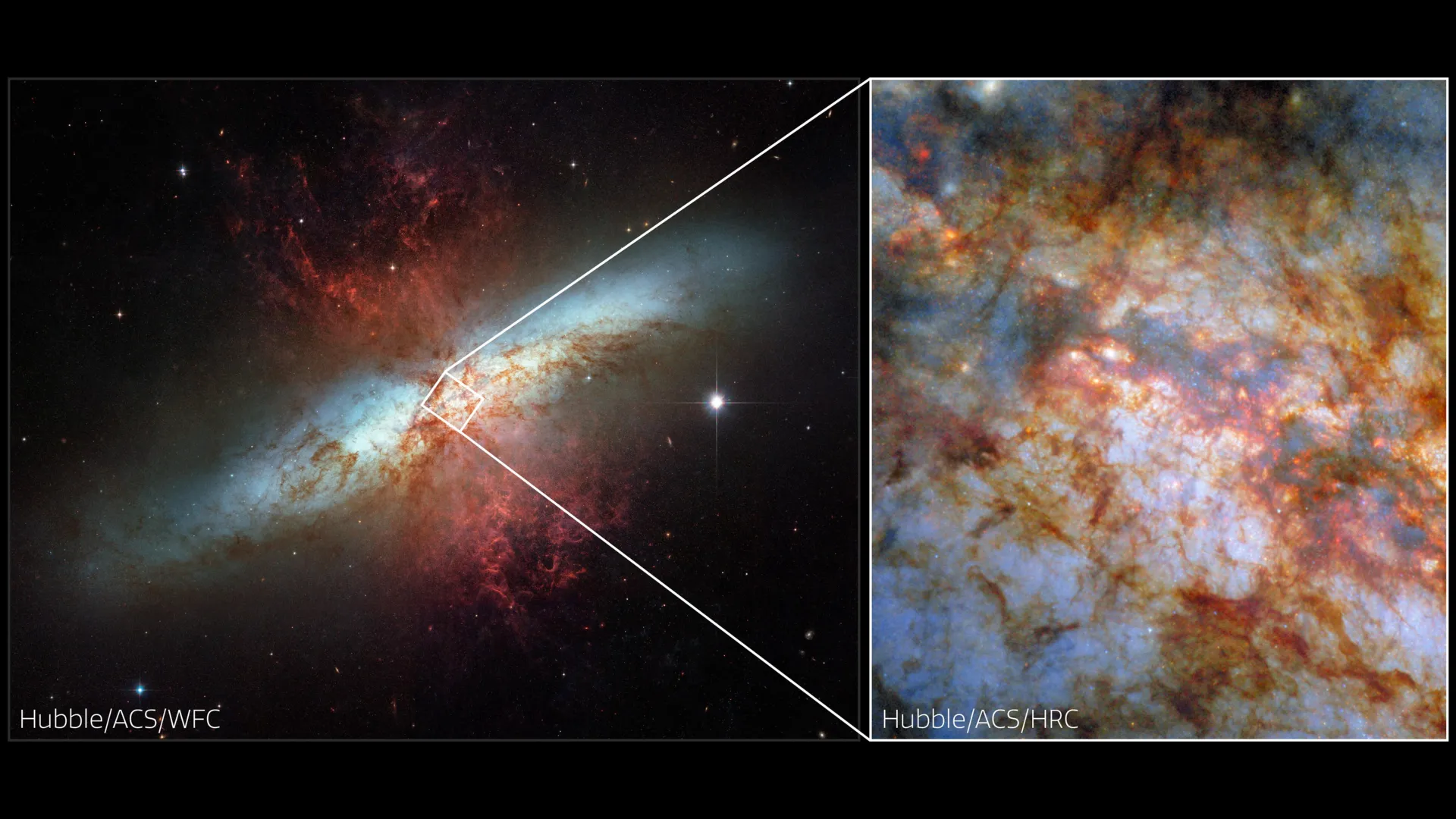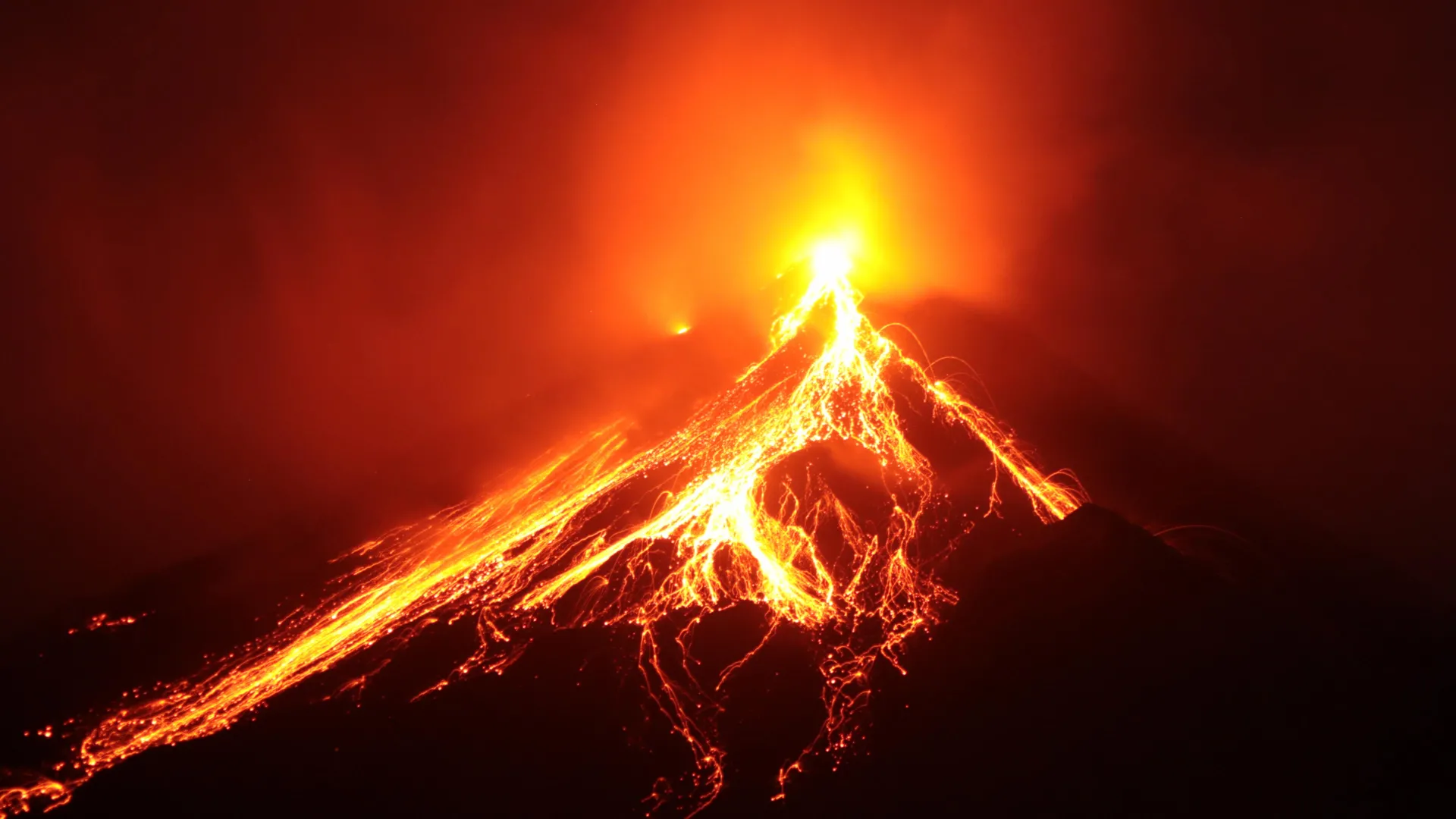Now Reading: Hubble Unveils the Blazing Core of Cigar Galaxy
-
01
Hubble Unveils the Blazing Core of Cigar Galaxy
Hubble Unveils the Blazing Core of Cigar Galaxy

Quick Summary:
- The Cigar Galaxy (messier 82 or M82), located about 12 million light-years away in the constellation Ursa Major, is a nearby starburst galaxy.
- Known for forming stars at a rate 10 times faster than the milky Way, the galaxy is home to “super star clusters,” each containing hundreds of thousands of luminous stars.
- The Hubble space Telescope captured detailed images revealing sculptural clouds and streaks of dust and gas that obscure the bright star formations.
- These observations include data from Hubble’s High Resolution channel on its Advanced Camera for Surveys (ACS), which operated between 2002-2007 before being disabled due to an electronics fault.
- Images of M82 have previously been released by Hubble, including one in celebration of its 16th anniversary. Infrared images from the James Webb Space Telescope were also produced in recent years.
Indian Opinion Analysis:
The observation of Messier 82 provides meaningful insights into galactic evolution and star formation processes. As a nearby example of a “starburst” galaxy, it offers researchers an chance to study rapid stellar creation under unique conditions that contrast with those found in our Milky Way. Advances such as data obtained from telescopes like Hubble (and more recently James Webb) continue to push scientific understanding forward by uncovering details obscured by interstellar dust.For India, which has an active space research programme through ISRO (Indian Space Research Organisation), these findings underscore how international collaborations and investments in advanced telescope technologies can aid global cosmic exploration efforts. Such discoveries serve as motivation for India’s future participation or leadership roles in deep-space astronomy projects while pursuing indigenous advancements akin to existing global benchmarks set by observatories like Hubble or James Webb.



























